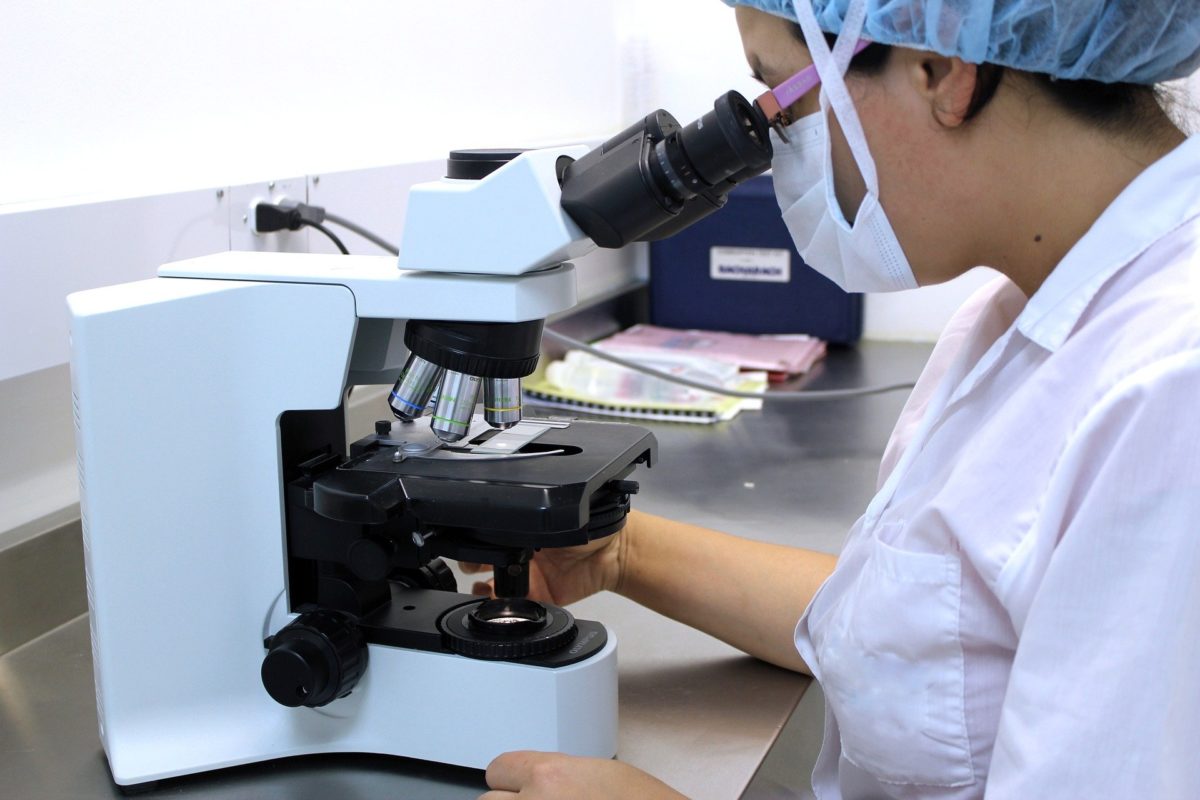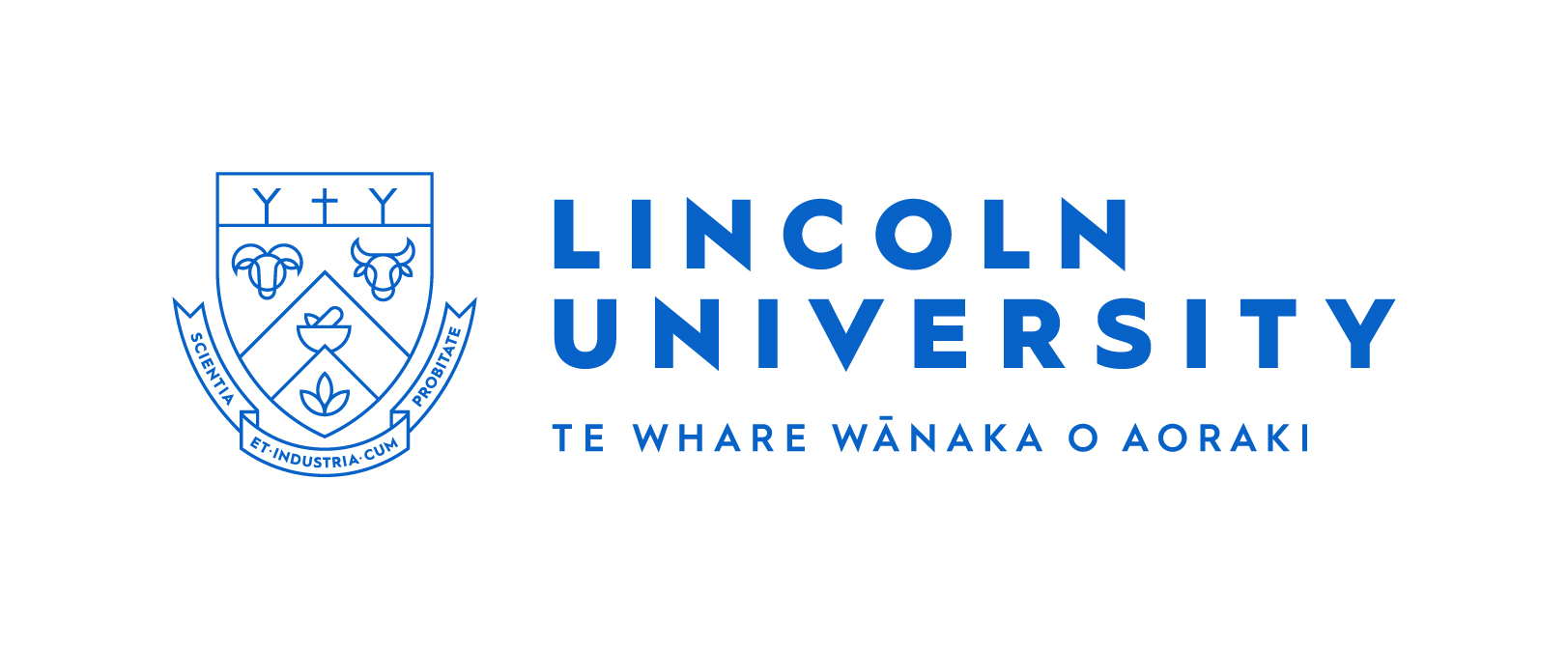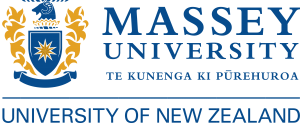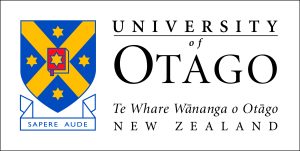The Government last year began a consultation on the Te Ara Paerangi Future Pathways Green Paper, which aimed to initiate an open and wide-ranging conversation on a range of issues facing the country’s research, science and innovation system. Submissions were closed earlier this month. Here is the NZIAHS submission…
NZIAHS welcomes the ongoing expansion of science research investment targeted towards social science issues, for implementation of Vision Matauranga and for embedding Te Tiriti in Government-funded science. These activities are necessary for our changing society. NZIAHS sees a need to recognise two key wordings in the Maori version of Te Tiriti: the article one concept of kāwanatanga katoa (i.e. governance) and the article two concept of tino rangatiratanga (i.e. unqualified chieftainship over their lands, villages, and all their taonga, treasures).
We could say that NZ’s science system needs to further develop partnership with Māori on matters of land and water use and management, and be more receptive of the concept defined by Te Ao Māori, that the health of animals, humans, and the environment is intimately connected. It is heartening to see these recognitions being championed by the Ministry for Primary Industry.
We wish to emphasise that this expansion of scientific research effort must be accompanied by an equivalent expansion of total research investment, not by a diversion of investment from current areas of focus.
Agricultural and horticultural research has led to high-value, knowledge-embedded products and processes that have driven expansion of our economy in a highly competitive global space. Continuing research investment in these high-value industries is essential to enable NZ producers and exporters to improve their already competitive performance in terms of carbon and water footprints at the point of sale offshore, and to reduce their environmental impact onshore.
In addition climate change is adding further risks to current regions of maximal sustainable production and seems set to impose major costs during adaptation (or relocation) arising from more frequent natural disasters (early or late frosts, droughts, floods), reduced chilling periods and increased disease pressure. This requires increased research investment, not a progressive reduction.
When the CRIs were established in 1992 there was an explicit expectation from then Minister Simon Upton that greater transparency of science outcomes to specific sectors of the NZ landscape would allow progress towards achieving the Government’s stated intention to meet OECD norms of investing 0.8% of GDP in research, and leveraging a greater proportional investment in research from the private sector.
Sadly, by 2002, Minister Pete Hodgson was referring to a ‘missing billion dollars’ in annual science investment https://www.scoop.co.nz/stories/PA0209/S00211/speech-notes-pete-hodgson-exploring-innovation.htm ; and that gap has continued to widen.
There is no question that investment in strategic and applied research relevant to our core productive sectors of the economy has driven tremendous growth of the economy. Repeated Treasury analyses in the 1990s and 2000s consistently recognised the tremendous return on investment since 1927 (e.g, https://www.treasury.govt.nz/publications/wp/role-rd-productivity-growth-case-agriculture-new-zealand-1927-2001-wp-06-01-html and https//www.pc.gov.au/research/supporting/strengthening-evidence/09-chapter 7.pdf).
Yet despite this we continue to see proliferating research funds with additional transaction costs in terms of bidding and assessment; the inclusion of more expensive overheads such as the formation of multiple Governance Boards for often overlapping activities; and a demand for greater responsibility in reporting the impacts and outcomes of past research investment, without additional monies provided to allow the necessary monitoring and evaluation to occur. These have all contributed to the erosion of research investment for the actual conduct of scientific experimentation.
Briefly, we are also concerned that an increase in focus on National Science Priorities, while desirable in terms of building critical mass, has created a mindset that only certain ‘questions of the moment’ are worth addressing.
Repeated experience with national crises (e.g. Psa for kiwifruit, Mycoplasma bovis, Covid-19, consequences of climate change) has demonstrated that rebuilding underpinning science expertise in a previously ‘unfashionable’ discipline is time-consuming and costly and the case for a broad, strong, core-funded science capability in all disciplines relevant to New Zealand society is inescapable.
This discussion document queries whether forcibly co-locating CRIs with University campuses and non-Government research centres and industry partners would be beneficial. While there are many examples of successful ‘Innovation parks’ around the world the political attractiveness of building tangible infrastructure at huge cost has to be weighed up against the evidence that the resulting proximity truly fuels a surge in research collaboration; it seems to us that, in a small country like New Zealand, all that is needed is clear investment signals that favour inter-organisational collaboration.
Finally, supporting pathways for career progression requires shared effort amongst education providers (largely our Universities) and science employers (both in industry and in Government).
New Zealand has been a popular higher education provider with international PhD students educated at domestic rates, and local employers benefitting from first look at the graduates that emerge. Announced intentions to reduce the duration of work visas available to international graduates puts at risk the attractiveness of New Zealand as a destination, and therefore risks reducing the sustainability of University balance sheets as well as the provision of highly-skilled expertise at a time when international competition for graduates is intense.
Professor Julian Heyes
President, NZIAHS
March 2022












